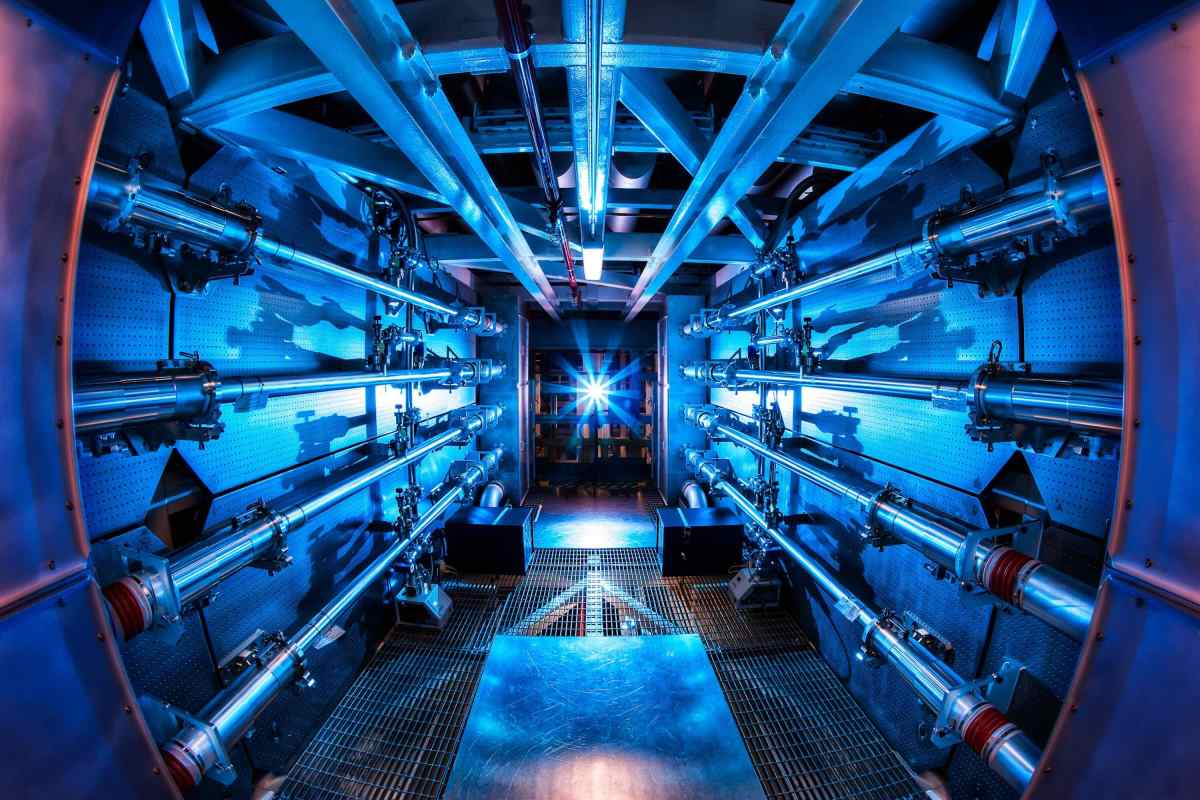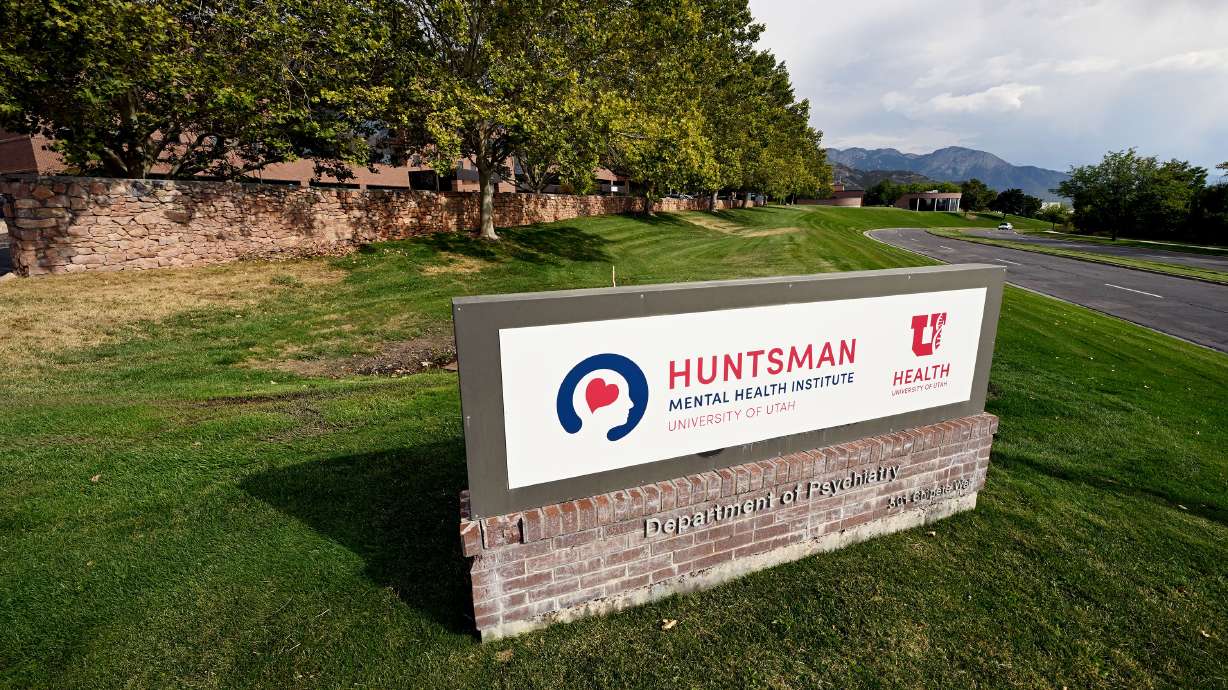
The U.S. Department of Energy’s National Ignition Facility (NIF), located at the Lawrence Livermore National Laboratory in California, has achieved significant progress in its nuclear fusion experiments, reporting a notable increase in energy yield during recent tests. This development marks a step forward in the quest to harness fusion energy—a potentially limitless, clean power source that mimics the processes fueling the sun.
Fusion energy is generated by combining light atomic nuclei, such as hydrogen isotopes, under extreme conditions of temperature and pressure. The goal is to achieve ‘ignition,’ a point where the energy produced from fusion exceeds the energy used to trigger the reaction.
The NIF utilizes high-powered lasers to compress and heat tiny fuel pellets, aiming to initiate these fusion reactions. In their latest series of experiments, researchers managed to increase the yield—the amount of energy released—beyond previous benchmarks. While exact figures have not yet been officially disclosed, this improvement builds on NIF’s historic achievement in December 2022, when the lab first reached ignition.
A crucial component of these advances is refinements in the timing, symmetry, and energy delivery of NIF’s laser systems. The facility, which houses the world’s most energetic laser system, uses 192 laser beams to deliver over 2 million joules of ultraviolet energy onto a target the size of a peppercorn.
Scientists assert that continued enhancements in experimental precision and design have enabled better compression of the fuel capsule and more efficient fusion reactions, resulting in higher energy outputs.
This leap forward underscores the U.S. government’s commitment to advancing fusion as a viable energy technology through its investment in the Inertial Confinement Fusion program. Despite this progress, practical fusion energy for power plants remains years, if not decades, away. Challenges persist in sustaining the reaction over time and in creating a net energy gain under operational conditions.
Nevertheless, the increased yields signify meaningful progress toward understanding the physics of fusion and optimizing the process for potential future use in energy generation. Fusion offers a virtually limitless energy source with no carbon emissions, minimal radioactive waste, and greater safety compared to current nuclear fission reactors.
The Department of Energy and scientific community at large continue to see these experimental milestones as strong indicators that commercial fusion energy may eventually become a reality, transforming global energy infrastructure and contributing to climate change mitigation efforts.
Source: https:// – Courtesy of the original publisher.








